Bordeaux mixture
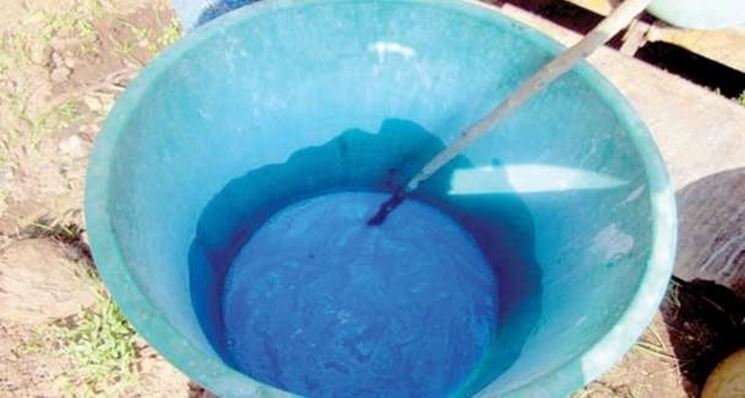
Where is it

How to use it
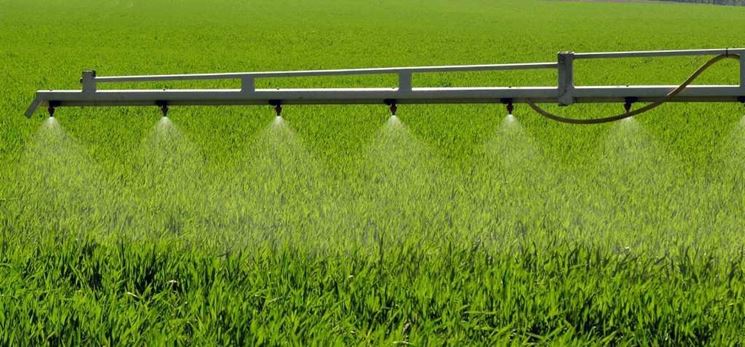
Different tools can be used to distribute the Bordeaux mixture. A brush for the trunk, a spray bottle, on the other hand, if you have few and / or small plants or if it is necessary to cover large numbers and surfaces, a shoulder sprayer will be used. Remember, in any case, to protect yourself from contact with the substance by using gloves, goggles and a mask. Although it is a natural product and also used in organic farming, it can still be irritating. Start spraying the plant from the bottom up, starting from the roots and then reaching the branches and upper leaves, until covering the entire surface. Do not administer with the presence of flowers or fruits that could be burned by the substance.
When to use it
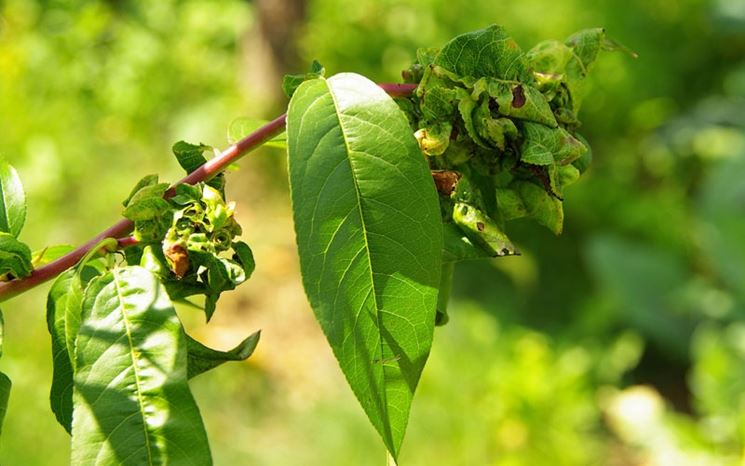
The Bordeaux mixture is used to treat plants that have been attacked by fungi and parasites and to prevent the onset of the same. It can be used a maximum of twice a year on the same plant, although once is, in any case, the recommended amount. There must be no flowers or fruits so the optimal period could be during autumn or winter. It is important, however, to remember not to administer it when the temperature drops below zero degrees or if it is expected to happen in the days following use. If, however, it is absolutely necessary to use the mixture also during spring or summer, it is advisable to distribute it in the coolest hours of the day, early in the morning, late afternoon or early evening.
Bordeaux mixture: Where to use it
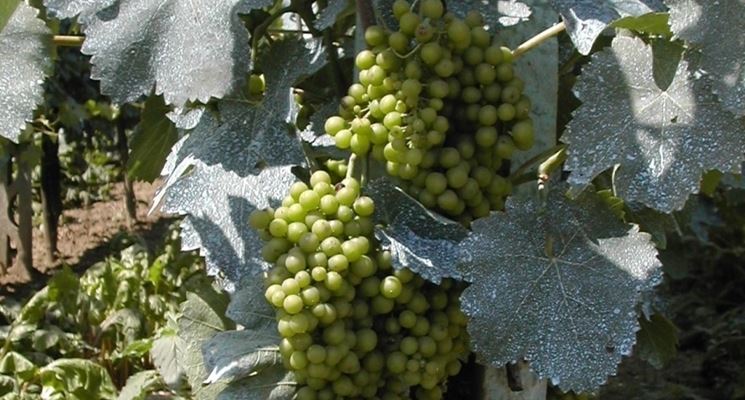
Bordeaux mixture is also included in organic crops. It is an effective fungicide and pesticide. The most common diseases it can cure are downy mildew, anthracnose, blak rot, corineum, monilia, fusicoccus, rusts, cancers, scab, cylindrosporiosis, septoria, excoriation, pitting, alternaria and cercospora. The mush is effective, in fact, both in the curative and in the preventive sense. It can be used on most plants. Particularly common for the vine, fruit trees (such as pome fruit, stone fruit) also on the olive tree, citrus fruit and walnut and stone. It is also effective on strawberries and small fruits. All cereal plants and leafy, fruit and bulb vegetables. It can still be administered to floricultural, ornamental and forest plants.

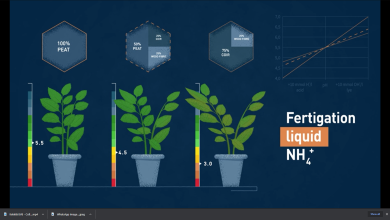
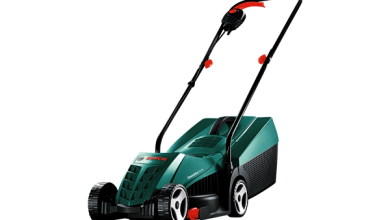
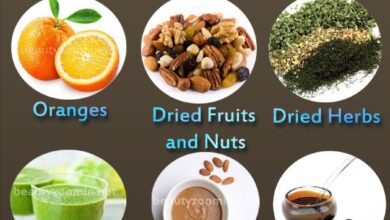
![Photo of The White Fly (Aleyrodidae): [Identify, Fight and Prevent It]](https://www.complete-gardening.com/wp-content/uploads/2022/08/the-white-fly-aleyrodidae-identify-fight-and-prevent-it-390x220.jpg)